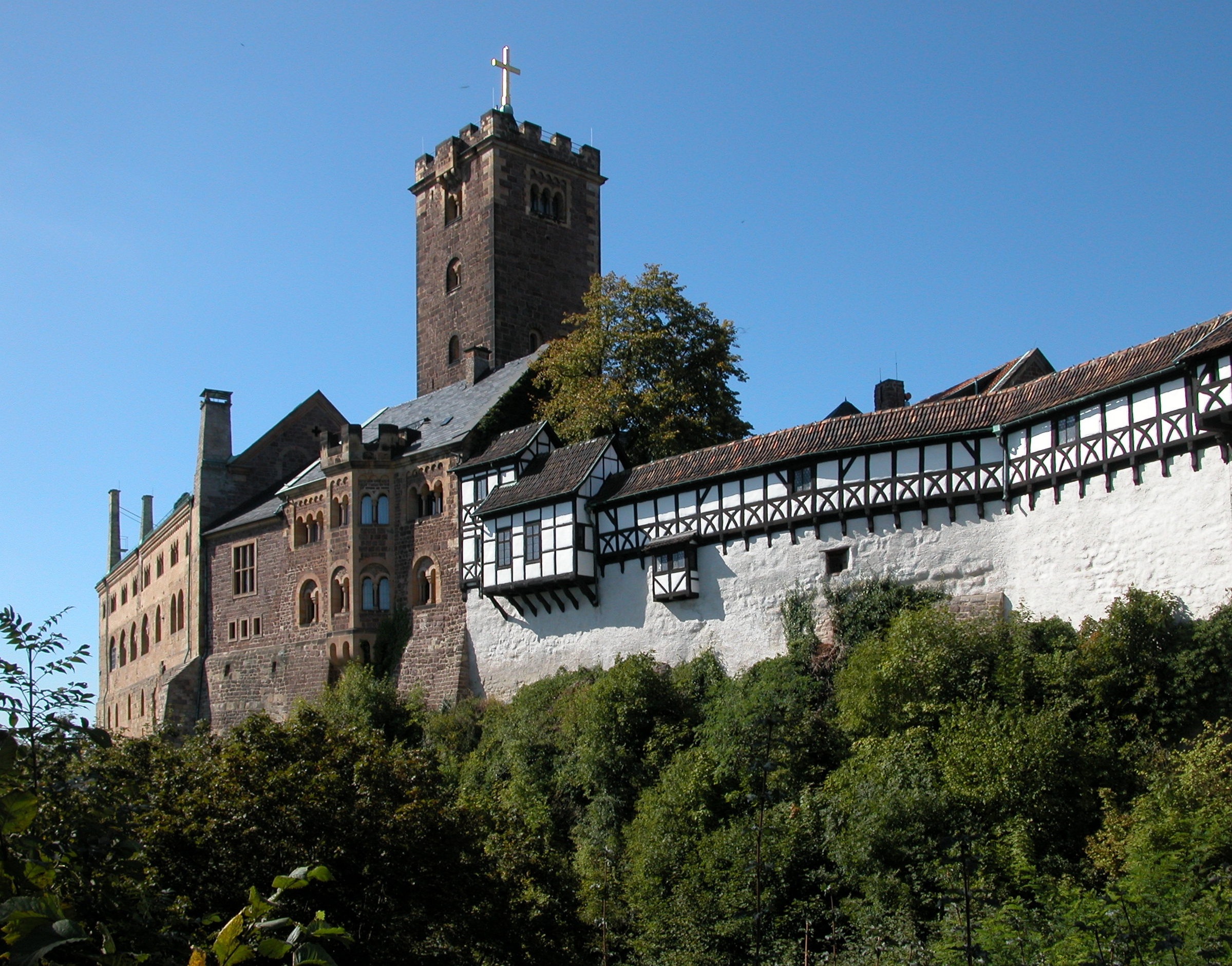Brentan Carkhuff
Andrew Pedretti
Hussain Alawami
Mariani Pereira
Abby Charlson
Tristen Witthuhn
http://www.zdf.de/terra-x/die-deutsche-hanse-eine-heimliche-supermacht-zweiteiler-5373994.html 09/24/14
1. What are imporant historical markers that describe the Hanse?
"The New Hanse" started in 1980, was opened to all former Hanseatic cities. The goal of this was cultural preservantion and a renewal of trade among these cities.
The Holtein gate, designed to protect the city is still standing today and is a world culture landmark.
2. How was life for citizens in Hanse cities different from other cities that recorded directly to a noble sovereign?
Citizens had special privileges in "Free cities", cities independent from the local lords of the land and instead owed allegience to the league and the emperor alone. These cities also had their own set of rules
3. Which trade routes existed and how did the trade?
The Kiel or "salt road." It ran between Hamburg and Luebeck. Popular to trade because salt was easy access and popular. Used often to dry and salt fish to distribute.
4. Describe the ships, the cities, the social makeup in Hanseatic cities.
the Hanseatic league had developed special ships called the baltic cog. the social makeup of the towns was diversely filled with people from all along the trade route cities.
5. The terms truth and trust were the key words and the driving belief among hans traders. Could you explain why? Many merchants needed to collaborate together to be successful
The reason was because it was a dangerous occupation and if you were to lose a ship, you
would not be reimbursed anything. You would lose it all. To help with that, merchants would invest into the ships. That required trust.
Counters were examples of the importance of truthful and trustworthy. They needed to book keep all of the items brought in and out of a trading post. They were a huge keystone in the system, without them they whole system would crumble.
6. Anything you can find out worthy.
The "New Hanse" was started in 1980 in zwelle, Netherlands open to all previous members of the Hanseatic league including 12 russian cities. facts of hanseatic, it started since 13th century to 17th and it was founded in the twelfth century and trade was important for merchants and finding items to trade was crucial.





